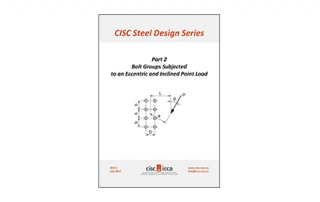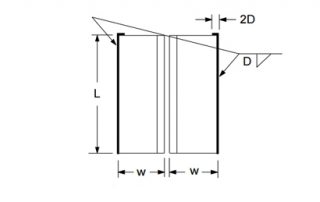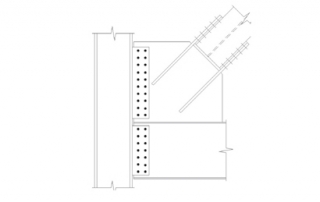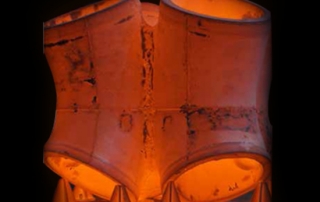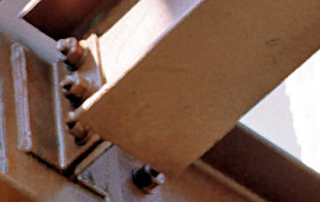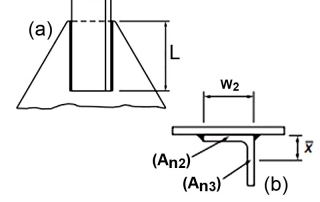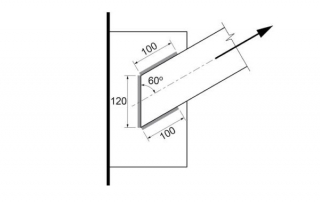CISC Publishes Part 2 of Steel Design Series
The Solutions Centre provides SDS 2 - Bolt Groups Subjected to An Eccentric and Inclined Point Load as a convenient design aid for structural and connection design engineers in determining the resistance of bolt groups subjected to an eccentric and inclined point load. The resistances have been calculated using the instantaneous centre of rotation method, which [...]

